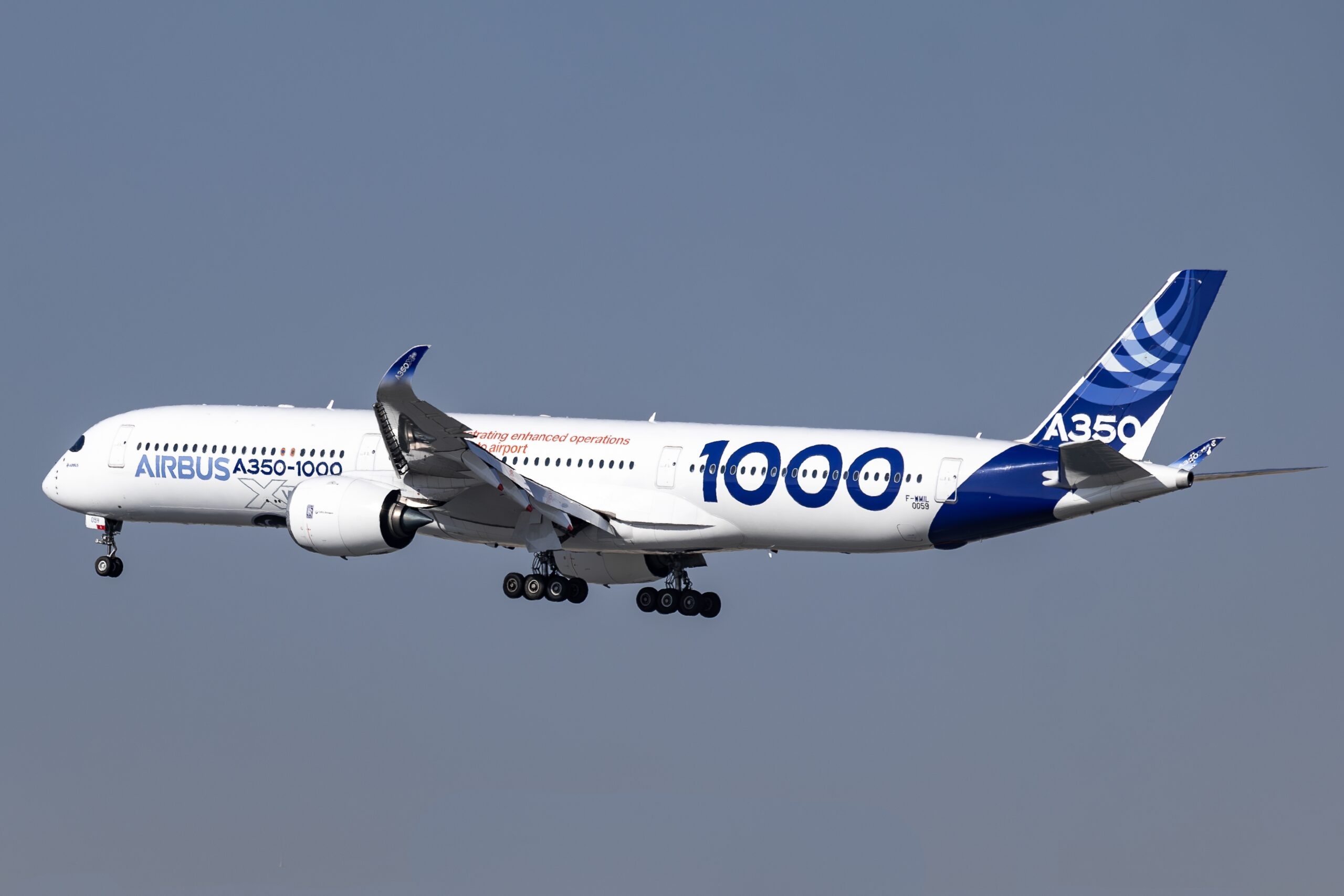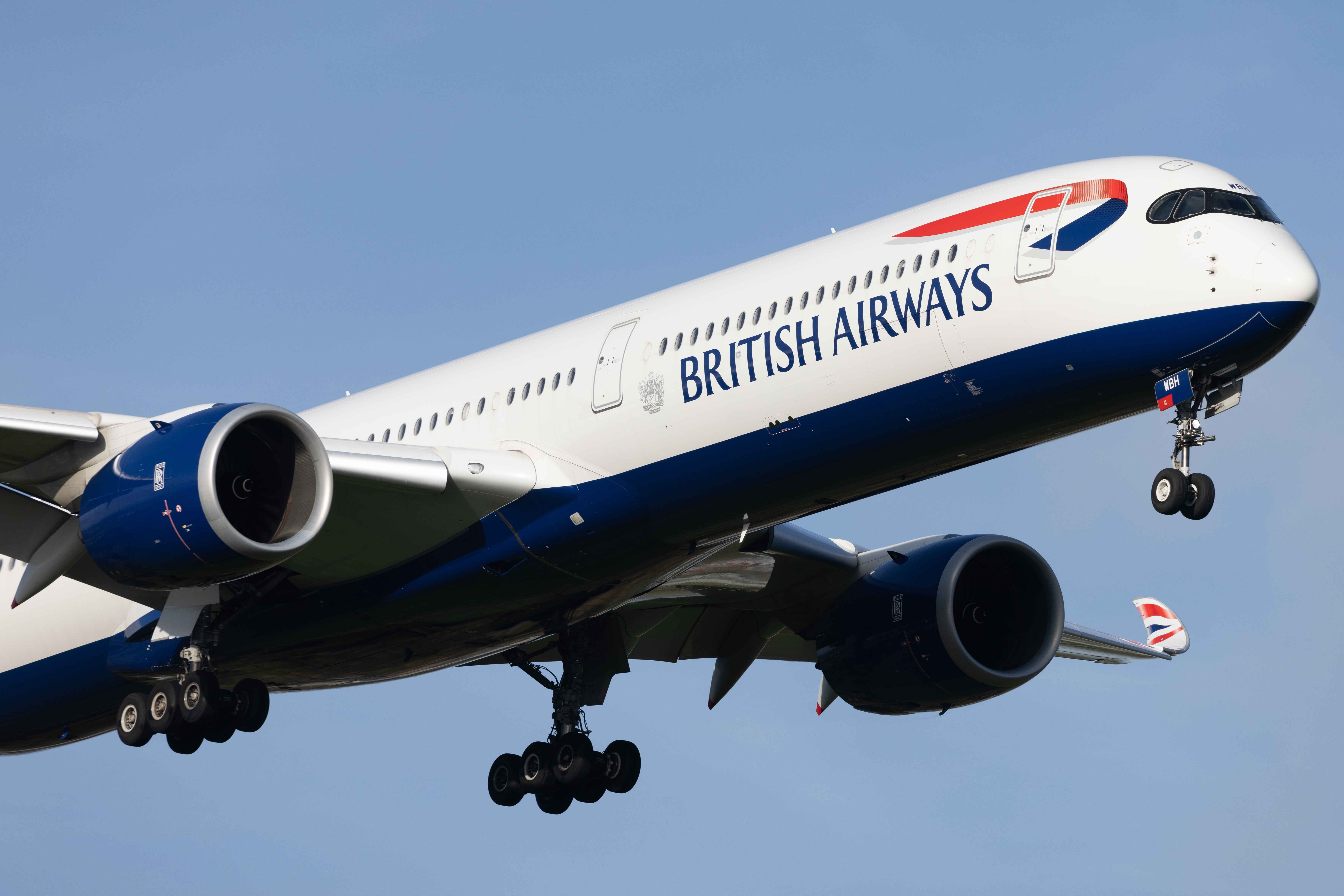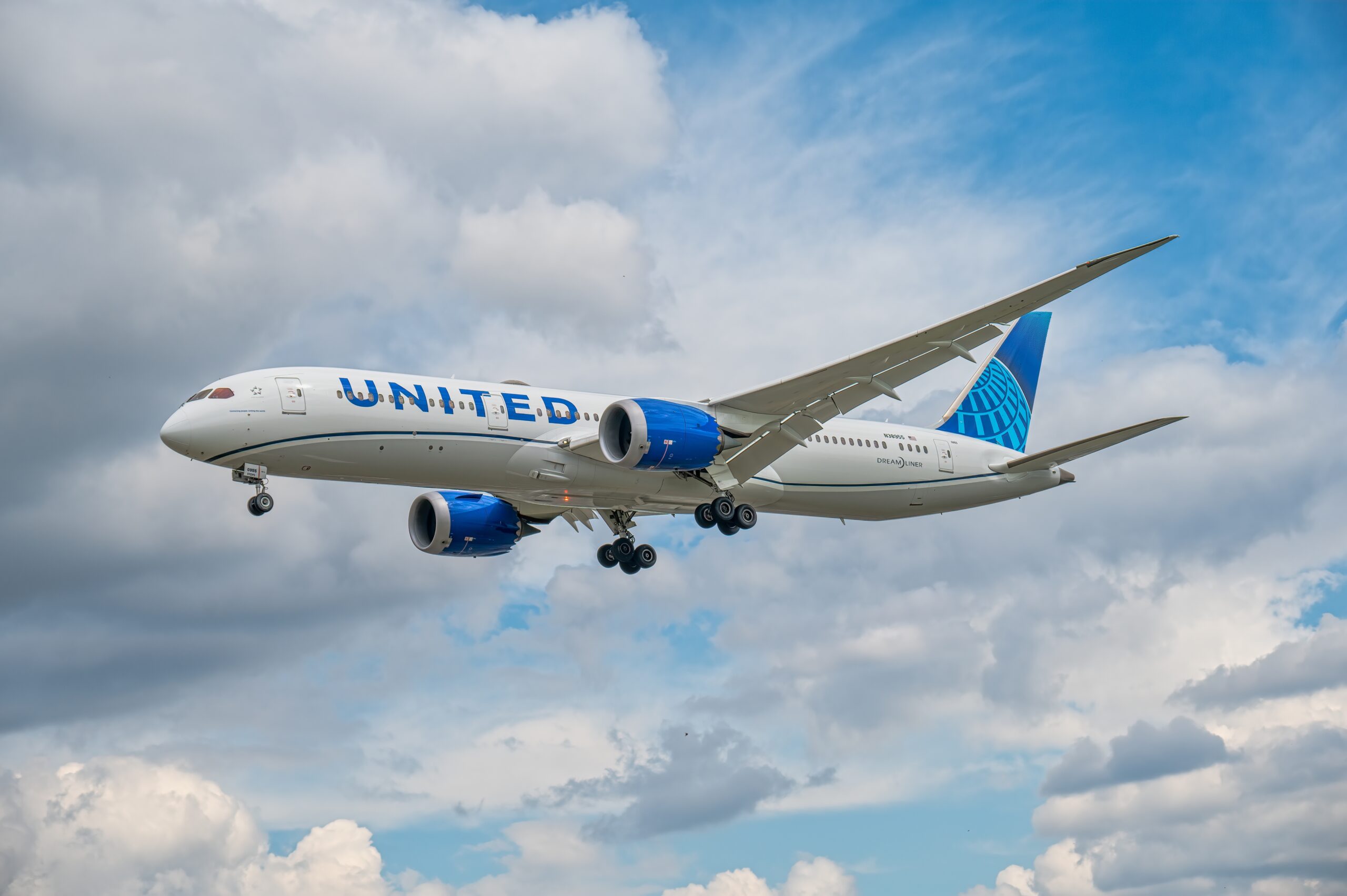How Much Does a Plane Weigh?
Understanding the weight of an airplane involves multiple factors. These include the aircraft type, its size, materials used in construction, fuel capacity, and load. Let’s break down the basics.
Factors Impacting Airplane Weight
Several key factors impact an airplane’s weight. First, consider the airframe. The airframe’s construction plays a significant role in its overall weight. Modern aircraft use lightweight materials like aluminum, composite materials, and titanium to ensure strength while minimizing weight.
The plane’s engine configuration also influences its weight. Aircraft can have different numbers of engines, all varying in size and weight. More powerful engines, like those in commercial jets, weigh more compared to engines in smaller private planes.
Aircraft weights differ depending on whether they are weighed empty or fully loaded. This leads us to some specific weight categories used in aviation: empty weight, maximum takeoff weight, and landing weight.
Empty Weight
This is the weight of the aircraft without any passengers, cargo, or usable fuel. It includes the structure, engine, fixed equipment, and unusable fuel. For instance, a Boeing 737-800, a common narrow-body commercial jet, has an empty weight of approximately 91,300 pounds (about 41,411 kilograms).
Maximum Takeoff Weight (MTOW)
MTOW refers to the maximum weight at which the pilot is allowed to attempt to take off. This includes passengers, cargo, fuel, and the aircraft itself. It must not be exceeded for safety reasons. For example, the MTOW of a Boeing 737-800 is around 174,200 pounds (79,015 kilograms).
Landing Weight
Landing weight is the maximum weight at which an aircraft is certified to land. It is usually less than the MTOW due to the structural stresses experienced during landing. For the Boeing 737-800, the maximum landing weight is about 146,300 pounds (66,406 kilograms).
Small Private Planes
Smaller private planes, such as the popular Cessna 172, have much lower weights compared to commercial aircraft. A Cessna 172 has an empty weight of about 1,689 pounds (766 kilograms) and a maximum takeoff weight of around 2,450 pounds (1,111 kilograms).
Regional Jets
Regional jets like the Bombardier CRJ700 are designed for short to medium-haul flights. They sit between small private planes and large commercial jets in terms of weight. The CRJ700 has an empty weight of around 39,026 pounds (17,700 kilograms) and a MTOW of about 75,000 pounds (34,019 kilograms).
Wide-Body Aircraft
Wide-body aircraft, used for long-haul international flights, are much heavier. An example is the Boeing 777-300ER. This aircraft has an empty weight of approximately 370,000 pounds (167,829 kilograms) and a MTOW of around 775,000 pounds (351,533 kilograms).
Military Aircraft
Military aircraft vary widely in weight depending on their function. For instance, the Lockheed Martin F-22 Raptor, a stealth fighter, has an empty weight of roughly 43,340 pounds (19,700 kilograms) and a gross weight of about 64,000 pounds (29,485 kilograms).
In contrast, the C-5M Super Galaxy, one of the largest military transport aircraft, has an empty weight of approximately 380,000 pounds (172,365 kilograms) and a MTOW of 840,000 pounds (381,018 kilograms).
Fuel Influence
Fuel significantly impacts an aircraft’s weight. The amount of fuel carried varies based on the distance of the flight. For example, the fuel capacity of a Boeing 737-800 is about 6,875 gallons (26,020 liters), weighing roughly 46,200 pounds (20,957 kilograms).
Payload Weight
Payload refers to the weight of passengers, luggage, and cargo. Commercial airlines carefully calculate payload to ensure safe and efficient operation. A typical passenger weighs around 185 pounds (84 kilograms) including luggage. Cargo weights vary depending on the types of goods transported.
Weight Management and Regulations
Aviation regulations mandate strict adherence to weight limits for safety. Aircraft operate under weight limits set by the manufacturer and validated by aviation authorities like the FAA and EASA. Pilots use weight and balance calculations to ensure the aircraft operates within these limits.
Technological Advances
Advancements in aviation technology continue to focus on weight reduction. New materials and construction techniques help create stronger yet lighter airframes. This effort enhances fuel efficiency and operational capabilities.
In conclusion, the weight of an airplane is multifaceted, determined by numerous variables including airframe, engine configuration, fuel, passengers, and cargo. Understanding these factors helps in appreciating the complexity and precision required in the aviation industry.






